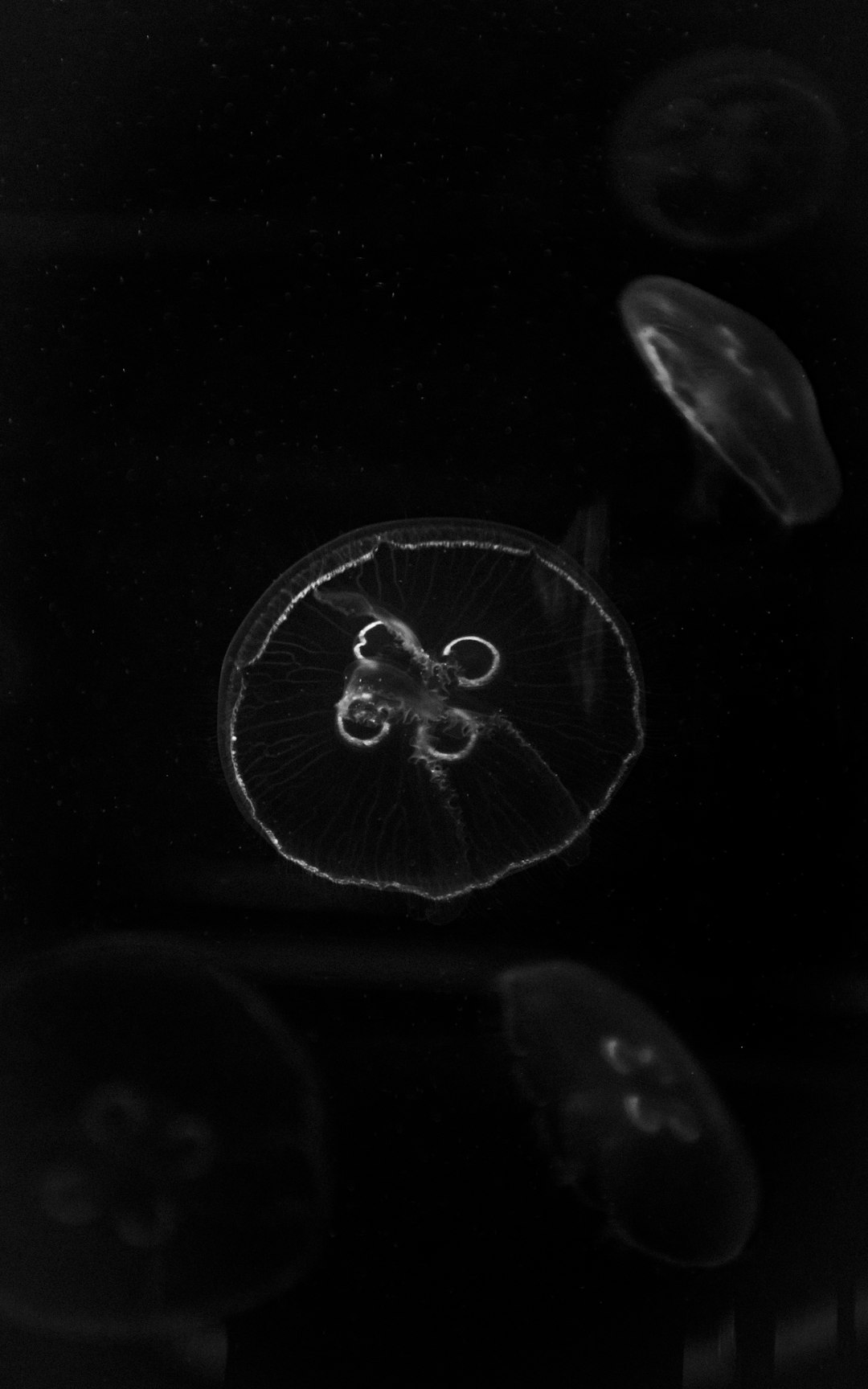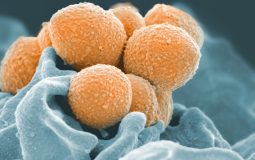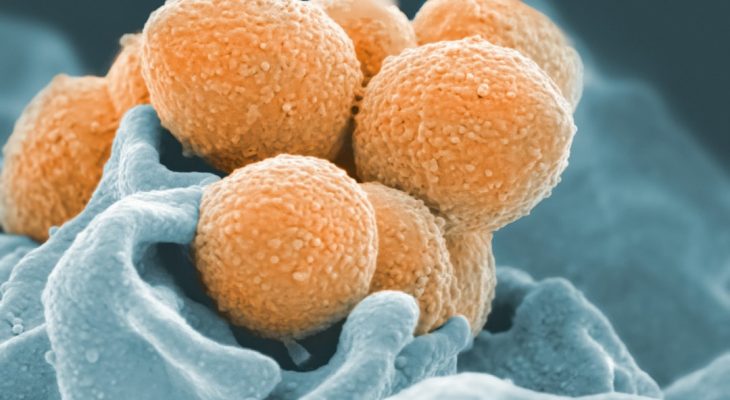In the vast and intricate world of biology, we often focus on the complex structures of multicellular organisms, like animals, plants, and fungi. But there’s a whole universe at the microscopic level bustling with life forms that consist of just a single cell. These life forms are referred to as unicellular organisms—and they prove that sometimes, less really is more.
TLDR:
Unicellular organisms are living beings made up of only one cell, capable of carrying out all life processes on their own. From bacteria to certain types of algae, these microorganisms showcase the power of simplicity in biology. Despite lacking the complexity of multicellular lifeforms, they can reproduce, move, and even adapt to extreme environments. Understanding unicellular life is crucial for studies in evolution, medicine, and biotechnology.
What Does “Unicellular” Actually Mean?
The term unicellular is derived from Latin roots: “uni” meaning “one” and “cellular” relating to cells. So, a unicellular organism is a creature composed of a single cell. This one tiny unit performs all of the necessary functions for life — from obtaining nutrients to reproducing. That’s why scientists often refer to these microscopic beings as examples of complete life in its simplest form.
Unicellular organisms contrast with multicellular organisms, such as humans or oak trees, in which numerous cells are specialized to handle different tasks. In a unicellular world, however, it’s all up to one cell to:
- Digest nutrients
- Eliminate waste
- Grow and divide
- Respond to environmental changes
- Sometimes even move independently
Types of Unicellular Organisms
Unicellular life is found across various domains and kingdoms of life. These include:
- Bacteria – One of the oldest forms of life, these prokaryotic cells lack a nucleus but are incredibly diverse and adaptable. They’re everywhere: in soil, oceans, and even inside our bodies.
- Archaea – Similar to bacteria in structure but different in genetic makeup and biochemical pathways. Many live in extreme environments such as hot springs and salt lakes.
- Protists – Including organisms such as Amoeba and Paramecium, these are eukaryotic unicellular creatures, meaning they have a nucleus and organelles.
- Some Fungi – Not all fungi are multicellular. Yeasts, for instance, are unicellular fungi that have significant uses in food and beverage production.
- Algae – Many types of algae exist as single cells, such as Chlorella. They are photosynthetic and play a role in aquatic ecosystems and nutrient cycles.

How a Single Cell Does It All
It’s hard to imagine that a cell, invisible to the naked eye, is a self-sufficient system. Yet unicellular organisms have evolved a sophisticated toolbox of internal structures and biochemical pathways to manage life on their own.
In prokaryotes like bacteria, this includes:
- Plasma Membrane – Regulates the movement of substances in and out of the cell.
- Cytoplasm – The jelly-like substance where cellular reactions occur.
- Ribosomes – Protein factories of the cell.
- DNA – Contained in a nucleoid region, holds genetic information.
In eukaryotic unicellular organisms (like protists), additional structures help with cell management:
- Nucleus – Houses DNA and coordinates cell activities.
- Mitochondria – Produce energy via cellular respiration.
- Vacuoles – Store nutrients and waste products.
- Cilia or Flagella – Enable movement in watery environments.
Essentially, a unicellular organism is not a simple blob. It’s more like a tiny, efficient organism with a condensed version of all the life-sustaining systems we find in complex life.
Life Processes – A Solo Performance
Much of what multicellular organisms achieve through the division of labor, unicellular creatures manage solo. The major life processes include:
- Nutrition – Some absorb nutrients directly from their environment, while others hunt for food or even photosynthesize.
- Respiration – They convert energy from organic materials (or sunlight) to power internal processes.
- Excretion – Waste materials are expelled through membranes, often via diffusion.
- Reproduction – Most reproduce asexually through processes like binary fission, though some can exchange genetic material via conjugation.
- Growth and Repair – All managed by internal enzymatic reactions and DNA instructions.
This remarkable self-reliance makes unicellular organisms a focal point in biological research, especially in studies related to the origin of life and adaptability in extreme environments.

Why It’s Called a “One-Person Party in a Cell”
It might sound whimsical, but the nickname “one-person party in a cell” captures the essence of what makes unicellular life so fascinating. Each cell throws its own party of chemical reactions, metabolic pathways, and survival strategies — all within the confines of a microscopic space.
Unlike in multicellular organisms, where tasks are divided among many cells (e.g., nerve cells for sending signals or stomach cells for digestion), a unicellular life form handles everything internally. That makes every second of its existence a non-stop biochemical jam session to stay alive, reproduce, and adapt.
The Role of Unicellular Life on Earth
Despite their tiny size, unicellular organisms have had a massive impact on the Earth’s biosphere. They were the first forms of life to appear on our planet, dating back over 3.5 billion years. In many ways, they laid the groundwork for more complex life forms.
Key ecological and scientific roles include:
- Oxygen Production – Cyanobacteria, a type of unicellular organism, were responsible for producing the oxygenated atmosphere we breathe today.
- Nutrient Cycling – They help decompose organic material and recycle nutrients in terrestrial and aquatic ecosystems.
- Medical Research – Bacteria and yeasts are model organisms in genetics, drug development, and molecular biology.
- Biotechnology – Used in fermentation, bioremediation, and even gene editing technologies like CRISPR.
These one-celled champions are not just relics of the past; they play pivotal roles in ongoing biological and environmental processes.
Unicellular Versus Multicellular: Not Always a Clear Line
Interestingly, the divide between unicellular and multicellular life isn’t always black and white. Some organisms like slime molds display traits of both. They live much of their lives as individual cells but can aggregate to form multicellular-like structures under certain conditions.
This blurring of lines offers valuable insight into evolutionary biology, as it helps scientists understand how life transitioned from single-celled to more complex multicellular forms.
Lessons from Life in One Cell
Studying unicellular organisms reveals just how capable one cell can be. It’s a humbling reminder that complexity isn’t the only path to survival and success in nature. These micro marvels:
- Demonstrate efficient self-organization
- Adapt rapidly to new environments
- Offer clues to life beyond Earth
- Serve as key players in health, ecology, and industry
In an age of looking outward and thinking big, there’s immense value in looking inward — into the microcosmic world of unicellular life — where even a single cell can be an entire universe.
Conclusion
To be unicellular is to be a solo act with an astonishing array of talents. These organisms may be microscopic, but their powers and presence loom large in every corner of science and nature. Whether fueling our atmosphere, digesting food in our gut, or inspiring







